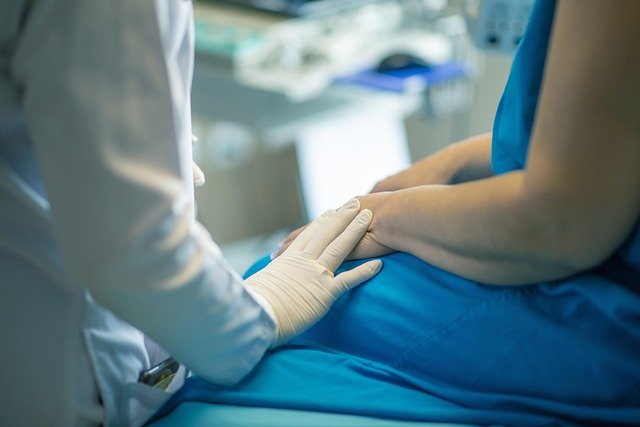Abdominoplasty: Understanding the Stomach Flattening Procedure
Abdominoplasty, commonly known as a tummy tuck, is a surgical procedure designed to remove excess fat and skin from the abdominal area while tightening the underlying muscles. This operation is popular among individuals who have experienced significant weight loss or pregnancy, resulting in loose, sagging skin around the stomach. The procedure aims to create a smoother, firmer abdominal profile, enhancing both appearance and self-confidence.

How does a doctor determine if abdominoplasty is appropriate?
Before recommending abdominoplasty, a doctor will conduct a thorough medical evaluation. This assessment includes reviewing the patient’s medical history, current health status, and goals for the surgery. The doctor will examine the abdominal area to assess skin elasticity, muscle tone, and the amount of excess fat present. They may also order laboratory tests to ensure the patient is healthy enough to undergo surgery. Ideal candidates are generally those in good overall health, at a stable weight, and with realistic expectations about the surgery’s outcomes.
What are the medical considerations for abdominoplasty?
As with any major surgery, abdominoplasty carries certain risks and medical considerations. Patients should be aware of potential complications such as infection, blood clots, poor wound healing, and adverse reactions to anesthesia. The doctor will discuss these risks in detail and may recommend lifestyle changes, such as quitting smoking or losing weight, to minimize complications. Additionally, patients with certain medical conditions, such as heart disease or diabetes, may require special precautions or may not be suitable candidates for the procedure.
What does the recovery process involve after stomach surgery?
Recovery from abdominoplasty typically requires several weeks. Immediately after surgery, patients can expect swelling, bruising, and discomfort in the abdominal area. The doctor will prescribe pain medication and provide detailed instructions for wound care and activity restrictions. Most individuals can return to light activities within two to three weeks, but full recovery and the final results may take several months. During this time, patients are advised to wear compression garments to support the healing tissues and minimize swelling.
How can patients prepare for abdominoplasty surgery?
Preparation for abdominoplasty begins several weeks before the scheduled surgery date. The doctor will provide a list of instructions, which may include stopping certain medications, arranging for assistance during the initial recovery period, and preparing the home for post-surgery comfort. Patients are typically advised to maintain a stable weight and follow a healthy diet in the weeks leading up to the procedure. It’s also important to arrange transportation to and from the surgery center and to have someone stay with the patient for at least the first 24 hours after the operation.
What are the typical costs associated with abdominoplasty?
The cost of abdominoplasty can vary significantly depending on factors such as the surgeon’s experience, geographic location, and the complexity of the procedure. In general, patients can expect to pay for the surgeon’s fee, anesthesia, facility costs, and post-operative care. While specific prices can fluctuate, here is a general overview of abdominoplasty costs from various providers:
| Provider Type | Average Cost Range | Included Services |
|---|---|---|
| Private Clinic | $6,000 - $12,000 | Surgery, anesthesia, facility fees |
| Hospital | $8,000 - $15,000 | Surgery, anesthesia, hospital stay |
| Academic Medical Center | $10,000 - $20,000 | Surgery, anesthesia, comprehensive care |
Prices, rates, or cost estimates mentioned in this article are based on the latest available information but may change over time. Independent research is advised before making financial decisions.
Abdominoplasty is a significant surgical procedure that can dramatically improve the appearance of the abdominal area. While it offers substantial benefits for suitable candidates, it’s essential to approach the decision with a thorough understanding of the process, risks, and expected outcomes. Consultation with a board-certified plastic surgeon is crucial for determining whether abdominoplasty is the right choice for an individual’s specific circumstances and goals.
This article is for informational purposes only and should not be considered medical advice. Please consult a qualified healthcare professional for personalized guidance and treatment.






